Space shuttle Atlantis prepares for launch
The U.S. space shuttle Atlantis prepared for a long-delayed launch Sunday after NASA engineers gave it clearance.
Sunday, 09.12.2007.
12:35

The U.S. space shuttle Atlantis prepared for a long-delayed launch Sunday after NASA engineers gave it clearance. "All parties agreed that it was a safe thing to go fly given the mitigating steps that we have put in yesterday," said Wayne Hale, shuttle program manager, referring to safety measures after fuel gauges on Atlantis' tank were found faulty. Space shuttle Atlantis prepares for launch "So we got basically a unanimous decision to go forward," he added, talking to reporters after the mission chiefs met on Saturday afternoon. The launch, initially scheduled for Thursday, was repeatedly postponed after fuel gauge sensors gave false readings during fueling, requiring engineers to investigate what NASA described as a very complex problem. "We had a total of 48 hours of very thorough engineering review of the anomaly we had on the tanking in launch attempt," Hale said. "If everything works perfectly for the tanking, we'll go fly." The Atlantis crew of seven is preparing for an 11-day mission to fly the European Columbus laboratory to the International Space Station, orbiting hundreds of miles above Earth. There are only a few days left in which conditions will be right for the shuttle to launch from Earth to reach the space station. Hale said a launch may be possible up until Friday. NASA said there is an 80 percent probability of favorable launch weather at the Kennedy Space Center in Florida. Until now, only the United States and Russia have had their own laboratories at the ISS. "We have never had a permanent base in space before and I see that like a first step for Europe in the real spaceflight activities compared to what we had in the past," said Leopold Eyharts, a French astronaut who works for the European Space Agency. Eyharts is part of the Atlantis crew and will stay behind at the ISS for two and a half months to prepare Columbus for future scientific work. Other crew members include Commander Steve Frick, Pilot Alan Poindexter, mission specialists Leland Melvin, Rex Walheim, Stanley Love and another European Space Agency astronaut, Hans Schlegel of Germany. With Columbus, Europe hopes to become an integral part of the only functioning orbital outpost, whose scientific experiments with microgravity are considered essential to prepare human kind for long-term life and work in space and subsequent journeys towards Mars and beyond. Columbus will allow astronauts to conduct hundreds of experiments a year, notably in areas of biotechnology, medicine, materials and fluids. Designed to be carried in the hold of the shuttle, the European laboratory is cylindrical shaped; 6.87 meters (yards) long and 4.49 meters in diameter. Columbus weighs 10.3 tons when empty and 19.3 tons fully loaded. It can accommodate up to three persons and carry 10 research equipment units. Construction of the space laboratory, which cost close to a billion euros, began in 1992. Initially it was planned that Columbus would be flown to the ISS at the end of 2004. But the tragic end of the shuttle Columbia in February 2003 had resulted in the grounding of the three remaining shuttle orbiters for two years, which in turn delayed the laboratory's launch. Columbus will be controlled from a German space operations center located in Oberpfaffenhofen, close to Munich. Germany is by far the biggest contributor of this project, financing 41 percent of the total cost. Italy contributed 23 percent and France 18 percent. In all, 10 European countries participate in the program. The Japanese laboratory Kibo, the fourth planned component of the ISS which is to be the largest and most sophisticated of all, should be delivered in three shuttle flights, the first of which is scheduled for February 2008 (Beta)
Space shuttle Atlantis prepares for launch
"So we got basically a unanimous decision to go forward," he added, talking to reporters after the mission chiefs met on Saturday afternoon.The launch, initially scheduled for Thursday, was repeatedly postponed after fuel gauge sensors gave false readings during fueling, requiring engineers to investigate what NASA described as a very complex problem.
"We had a total of 48 hours of very thorough engineering review of the anomaly we had on the tanking in launch attempt," Hale said. "If everything works perfectly for the tanking, we'll go fly."
The Atlantis crew of seven is preparing for an 11-day mission to fly the European Columbus laboratory to the International Space Station, orbiting hundreds of miles above Earth.
There are only a few days left in which conditions will be right for the shuttle to launch from Earth to reach the space station. Hale said a launch may be possible up until Friday.
NASA said there is an 80 percent probability of favorable launch weather at the Kennedy Space Center in Florida.
Until now, only the United States and Russia have had their own laboratories at the ISS.
"We have never had a permanent base in space before and I see that like a first step for Europe in the real spaceflight activities compared to what we had in the past," said Leopold Eyharts, a French astronaut who works for the European Space Agency.
Eyharts is part of the Atlantis crew and will stay behind at the ISS for two and a half months to prepare Columbus for future scientific work.
Other crew members include Commander Steve Frick, Pilot Alan Poindexter, mission specialists Leland Melvin, Rex Walheim, Stanley Love and another European Space Agency astronaut, Hans Schlegel of Germany.
With Columbus, Europe hopes to become an integral part of the only functioning orbital outpost, whose scientific experiments with microgravity are considered essential to prepare human kind for long-term life and work in space and subsequent journeys towards Mars and beyond.
Columbus will allow astronauts to conduct hundreds of experiments a year, notably in areas of biotechnology, medicine, materials and fluids.
Designed to be carried in the hold of the shuttle, the European laboratory is cylindrical shaped; 6.87 meters (yards) long and 4.49 meters in diameter. Columbus weighs 10.3 tons when empty and 19.3 tons fully loaded.
It can accommodate up to three persons and carry 10 research equipment units.
Construction of the space laboratory, which cost close to a billion euros, began in 1992.
Initially it was planned that Columbus would be flown to the ISS at the end of 2004.
But the tragic end of the shuttle Columbia in February 2003 had resulted in the grounding of the three remaining shuttle orbiters for two years, which in turn delayed the laboratory's launch.
Columbus will be controlled from a German space operations center located in Oberpfaffenhofen, close to Munich.
Germany is by far the biggest contributor of this project, financing 41 percent of the total cost. Italy contributed 23 percent and France 18 percent.
In all, 10 European countries participate in the program.
The Japanese laboratory Kibo, the fourth planned component of the ISS which is to be the largest and most sophisticated of all, should be delivered in three shuttle flights, the first of which is scheduled for February 2008











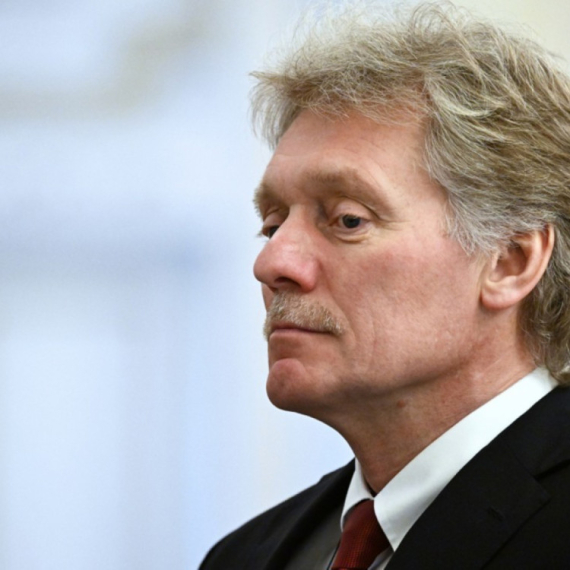
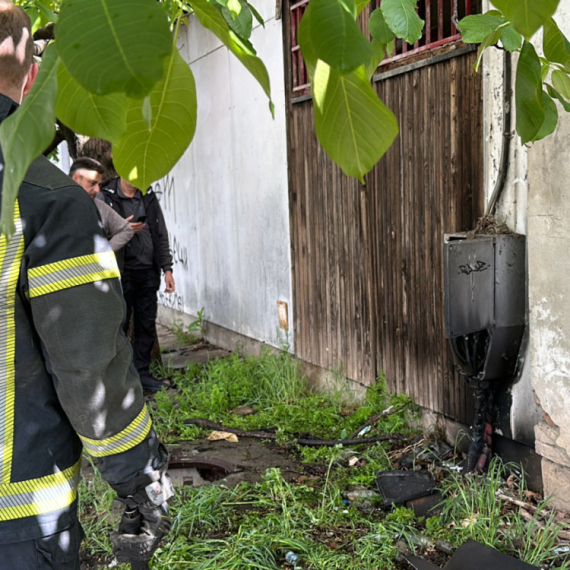
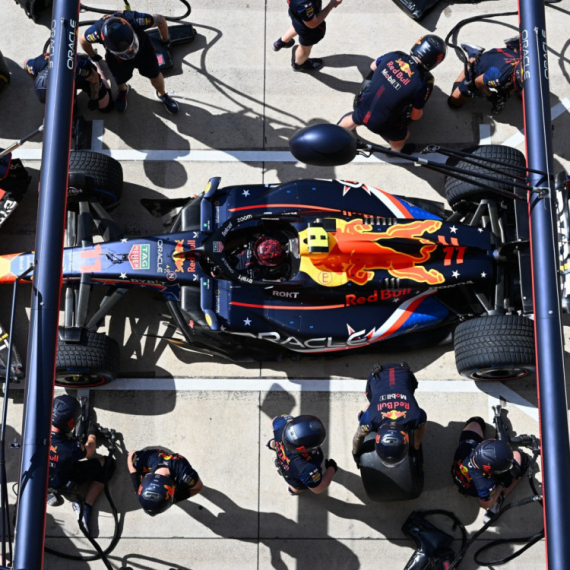














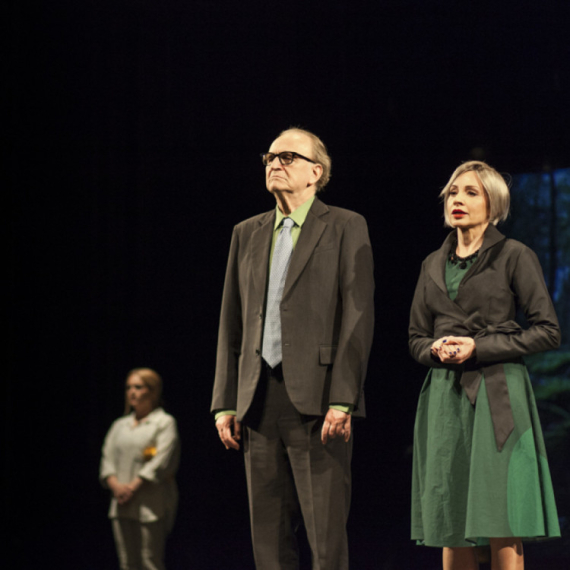


















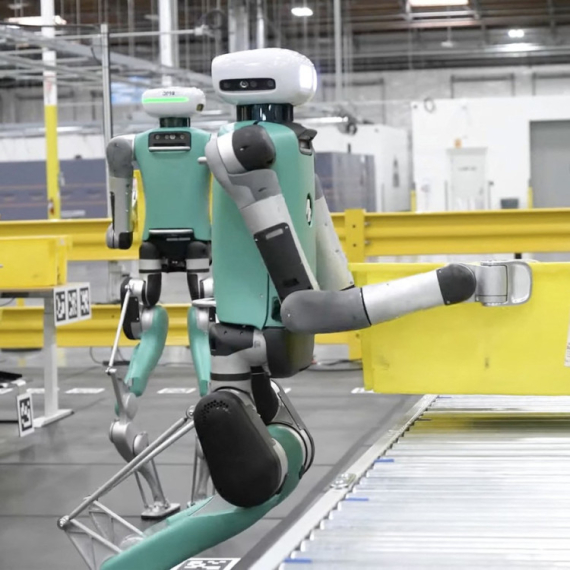











Komentari 0